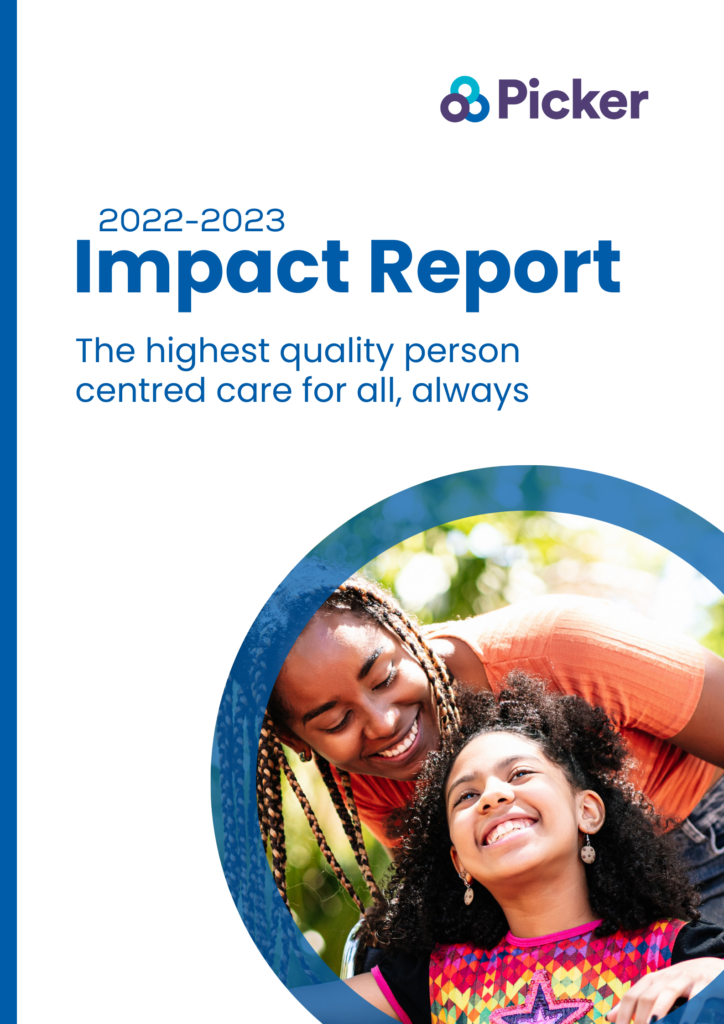What is the role of patients in health services?
It’s not that long ago that this question would have been seen as a very shallow one indeed. As recently as 1999 Angela Coulter, writing in the BMJ, described an ‘endemic paternalism’ in the NHS that, whilst “benign and well intentioned”, led to an unhealthily dependent relationship between patients and professionals. At best, patients were there to be treated, cured – “done to”. At worst, the primary focus would be on the disease rather than the person who had it. The scope for people’s voices to be heard could be very narrow: to quote the philosopher Havi Carel, “in paternalistic medicine patients might not be regarded as epistemic contributors… in anything except the thinnest manner (eg ‘where it hurts’)”.
In the last twenty to thirty years, things have changed. Policy makers and professionals in developed countries around the world have embraced the idea of ‘person centred care’ and have sought to step away from the vestiges of paternalism. In England, for example, this is exemplified by the focus on person centred care in the NHS Long Term Plan, which calls for “a fundamental shift in how we work alongside patients to deliver more person-centred care”.
What does person centred care mean for the role of patients? Fundamentally, it is an ethos that is intended to put users at the heart of services; encouraging a view of them as participants, not patients; active, not passive. This thinking should apply both to people accessing services as individuals and to citizens collectively – and that means the role of patients, and of their voice, is multiple.
- First, it should go without saying that patients have not ceased to be the primary beneficiaries of healthcare. But care should be delivered in a way that respects their individual needs and preferences. Resources like the Picker Principles of Person Centred Care – which sets out the eight dimensions of care that are most important to most people – can help providers understand the features of high-quality person centred care from the user perspective.
- Secondly, if we accept that good experiences are an element of high-quality care and that care should improve people’s lives rather than simply cure disease, then patients must have the opportunity to describe the process and outcomes of care from their perspective. Complaints and concerns offer a route to this when things go wrong – but to understand in the round, listening should be the norm, not the exception. Person centredness can be measured with patient experience and patient-reported outcome measures or understood through dialogue with patients. Measurement is particularly helpful because it provides a platform upon which people’s experiences and outcomes with different providers can be reliably compared: publishing this data provides not only an evaluation of quality from the user perspective, but contributes to transparency about the overall effectiveness of services. In response to this requirement, patient and user surveys have become common, and they offer important insight to allow health boards to compare the performance of providers and understand variations in user experience.
- Third, people as citizens should have an important voice in the way public services are designed and delivered. Consultation and engagement can contribute to this – but to borrow the language of Think Local Act Personal’s excellent ‘ladder of co-production’, these are positive steps but they still represent ways of “doing [things] for” people. Better still is to find ways to “do with” – to work in true partnership by inviting patients and the public to be involved in the co-design and co-production of services. This is a good governance question – ensuring that patients and the public are front of mind and welcomed to participate at every stage. Again, there are tools to support this, such as the Always Events methodology for co-producing service improvements.
In person centred care, then, patients and the public have at least three hats: that of the beneficiary, the informant, and the partner. Providers and commissioners of health and care have a role in enabling people to wear each of these – and it’s by actively promoting person centredness in each of these roles that we can make best use of the voice of patients.

